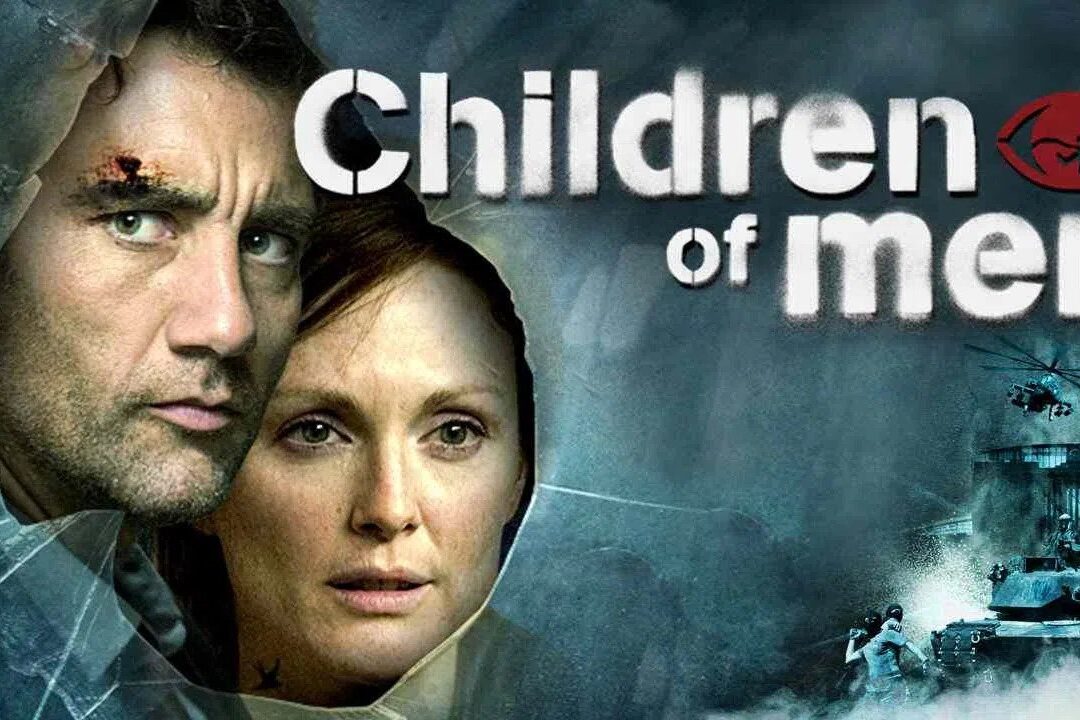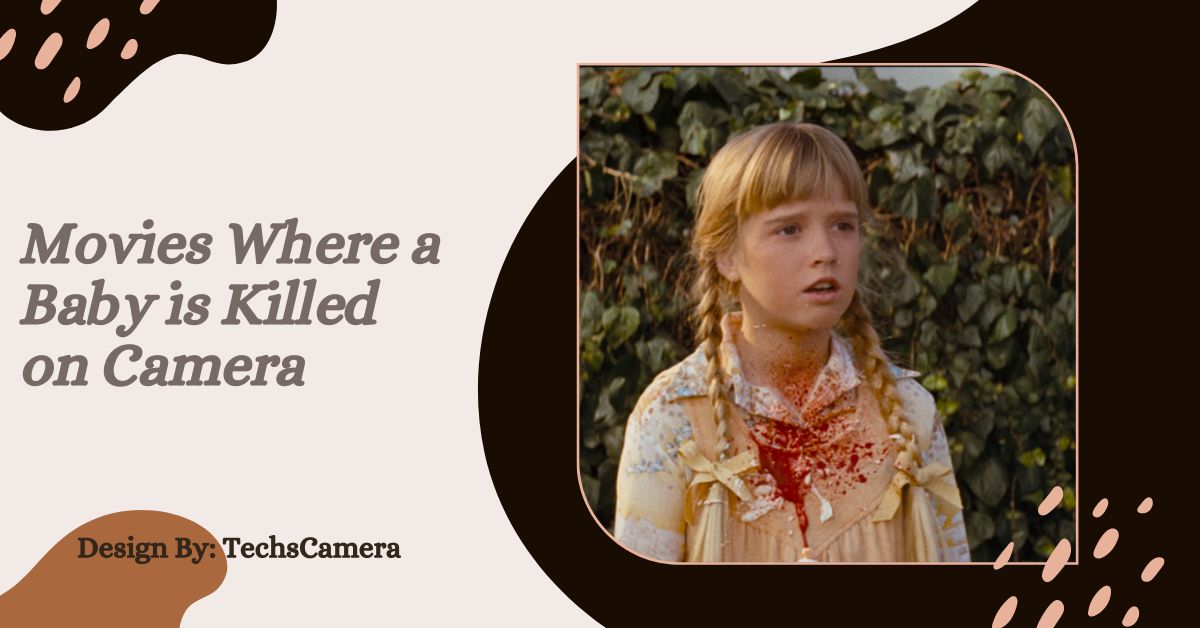The article discusses movies depicting a baby’s death on camera, exploring their reasons, audience impact, and ethical debates in filmmaking.
Introduction:
Cinema serves as a medium for storytelling that often pushes boundaries to evoke powerful emotions. Among the most controversial and disturbing scenes in film history are those that depict the death of a baby on camera. Such scenes are rare but intentionally crafted to provoke strong emotional reactions, create tension, or underscore a film’s darker themes.
This exploration delves into the reasons behind these scenes, the impact they have on viewers, and the debates they spark within the cinematic world, highlighting both their narrative significance and ethical dilemmas.
The Purpose Behind Shocking Scenes:
Filmmakers use shocking scenes, including those depicting the death of a baby, for various purposes. These moments can heighten tension and suspense, making the audience feel uneasy or anxious, thereby increasing engagement with the film’s narrative. Additionally, such scenes often aim to deliver a strong message about the harsh realities of life, the horrors of war, or the consequences of human actions.
By confronting the audience with extreme scenarios, filmmakers challenge societal norms and provoke thought, raising questions about morality, empathy, and the complexities of human behavior.
Notable Movies Featuring Baby Death Scenes:
Children of Men (2006):

In Children of Men, a dystopian science fiction film, humanity faces extinction due to mass infertility, and the world’s youngest person dies, creating a global outcry. Although the movie does not explicitly show a baby’s death, this tragic event sets a grim tone for the rest of the film.
The scene underlines the bleakness and despair that permeates the movie, highlighting the fragility of life in a collapsing society. Through this depiction, the film emphasizes the urgency of hope and survival in a world where the future of humanity is at stake.
The Witch (2015):
In Robert Eggers’ psychological horror film The Witch, the unsettling death of a baby occurs early on, setting a tone of dread and paranoia. The baby’s abduction and murder, though not shown in graphic detail, suggest supernatural forces at play, reflecting the religious fanaticism and fear that plagued the Puritan settlers in 17th-century New England.
This scene serves as a narrative catalyst, underscoring the family’s vulnerability to both the physical and metaphysical threats surrounding them. The baby’s death is a shocking moment that deepens the film’s exploration of isolation, suspicion, and the breakdown of societal norms.
Trainspotting (1996):
Trainspotting, directed by Danny Boyle, is a cult classic that portrays the brutal realities of heroin addiction. One of the most harrowing scenes involves the death of a baby, who is neglected by its drug-addicted parents.
The shocking nature of the scene, presented with stark realism, is meant to serve as a grim reminder of the devastating effects of addiction, not only on those who use drugs but also on their loved ones. The baby’s death represents the ultimate consequence of neglect and serves as a potent symbol of lost innocence and moral decay.
Also read: Do Rental Cars have Cameras – A Complete Guide!
A Serbian Film (2010):
A Serbian Film is infamous for its extreme content, including a highly controversial scene involving the death of a baby. Regarded as one of the most provocative films ever made, the movie uses shocking imagery to make a statement about censorship and the exploitation of art.
However, this particular scene has been widely condemned for its gratuitous nature, leading to bans in numerous countries. The depiction of such violence against an infant has sparked heated debates about the boundaries of artistic expression and the responsibilities filmmakers have toward their audience.
The Omen (1976):
The classic horror film The Omen revolves around the eerie events surrounding a young boy believed to be the Antichrist. While the film does not directly depict the death of a baby, it features scenes of intense violence and ominous occurrences targeting children.
The movie uses these elements to build a sense of impending doom, suggesting that malevolent forces are constantly at work. The chilling atmosphere is amplified by moments that hint at the death and endangerment of children, contributing to the film’s status as a masterpiece of psychological horror.
The Impact and Controversy Surrounding Such Scenes:
Scenes depicting the death of a baby on camera often provoke strong reactions from audiences and critics alike. Many viewers experience emotional distress, ranging from shock to anger, which is precisely the response some filmmakers seek to elicit.
While such scenes can heighten the narrative impact of a film, they also raise ethical concerns about desensitization to violence and the potential for exploiting sensitive subject matter for shock value. The controversy surrounding these scenes often leads to debates about the responsibilities of filmmakers and the boundaries of acceptable content in cinema.
Reasons for Including Such Controversial Scenes:
Filmmakers include these disturbing scenes for various reasons, each tied to their artistic vision. For some, it’s about creating a sense of realism or making a thematic point—depicting the true horrors of war or the consequences of human cruelty. In horror films, these scenes are often intended to shock and provoke discussion, drawing viewers into the story through their visceral impact.
Meanwhile, some directors use these moments as tools of artistic expression, pushing boundaries to challenge societal norms and elicit profound emotional responses from their audience.
How These Scenes Affect the Movie Industry:

Scenes involving the death of a baby can significantly impact a film’s reception and success. While they can generate publicity and spark discussion, they can also result in negative feedback, boycotts, or reduced box office returns. Furthermore, movies containing such controversial content often face censorship or receive stricter ratings, limiting their distribution and audience reach.
This delicate balance between generating interest and facing backlash reflects the broader challenges filmmakers face when attempting to push artistic boundaries while navigating audience sensitivities and regulatory constraints.
FAQ’s:
1. Why do filmmakers include scenes where a baby is killed on camera?
Filmmakers include these scenes to provoke strong emotional reactions, heighten tension, convey realism, or deliver a powerful message about the fragility of life or the horrors of violence.
2. What are some movies that feature a baby’s death on camera?
Notable examples include Children of Men (2006), The Witch (2015), Trainspotting (1996), A Serbian Film (2010), and The Omen (1976).
3. What impact do such scenes have on viewers?
Scenes depicting a baby’s death can cause shock, distress, and emotional discomfort, often leading to intense reactions and discussions about the film’s content.
4. Are there ethical concerns regarding these scenes?
Yes, such scenes raise ethical concerns about desensitizing viewers to violence, potential exploitation of sensitive content, and crossing moral boundaries in storytelling.
5. How do these scenes affect a movie’s reception?
These scenes can attract attention and provoke debate but may also lead to censorship, stricter ratings, and potential negative feedback or reduced audience reach.
Conclusion:
Movies where a baby is killed on camera tread a thin line between artistic expression and potential exploitation. While such scenes can serve as powerful tools for storytelling, they come with ethical considerations and responsibilities. Filmmakers must balance the narrative need for shock and realism with the psychological and emotional impact on viewers. For audiences, these films often provoke thought and discussion about the nature of cinema and its role in society.



